100% Original Wholesale Brand new AD106-350 AD107-400 New and Original Integrated Circuit Electronic Components
Here’s a detailed comparison table between AD106-350 and AD107-400 GPUs, representing two different tiers in NVIDIA’s Ada Lovelace lineup:
NVIDIA AD106-350 vs AD107-400 Comparison Table
| Feature | AD106-350 (e.g. RTX 4060 Ti 16GB) | AD107-400 (e.g. RTX 4060) | Difference |
|---|---|---|---|
| Architecture | Ada Lovelace | Ada Lovelace | Same |
| Process Node | TSMC 4N | TSMC 4N | Same |
| Die Size | ~190mm² | ~146mm² | AD106 30% larger |
| CUDA Cores | 4,352 | 3,072 | +1,280 (42% more) |
| RT Cores | 34 (3rd Gen) | 24 (3rd Gen) | +10 |
| Tensor Cores | 136 (4th Gen) | 96 (4th Gen) | +40 |
| Base Clock | 2.31 GHz | 1.83 GHz | +480 MHz |
| Boost Clock | 2.54 GHz | 2.46 GHz | +80 MHz |
| VRAM | 16GB GDDR6 | 8GB GDDR6 | 2x capacity |
| Memory Bus | 128-bit | 128-bit | Same |
| Bandwidth | 288 GB/s | 272 GB/s | +16 GB/s |
| L2 Cache | 32MB | 24MB | +8MB |
| TDP | 165W | 115W | +50W |
| PCIe Interface | PCIe 4.0 x8 | PCIe 4.0 x8 | Same |
| NVENC | 8th Gen | 8th Gen | Same |
NVIDIA AD106-350 & AD107-400 GPU Descriptions
(Ada Lovelace Architecture | TSMC 4N Process)
1. AD106-350 (Mid-Range Performance GPU)
Overview
The AD106-350 is a cut-down variant of NVIDIA’s AD106 die, designed for upper mid-range gaming (1440p) and content creation. It powers GPUs like the RTX 4060 Ti 16GB, offering a balance between performance and efficiency.
Key Specifications
- CUDA Cores: 4,352 (out of 4,608 full AD106 potential)
- RT Cores: 34 (3rd Gen) – Improved ray tracing efficiency
- Tensor Cores: 136 (4th Gen) – Supports DLSS 3.5
- Memory: 16GB GDDR6 (128-bit bus, 288 GB/s bandwidth)
- Clock Speeds:
- Base: 2.31 GHz | Boost: 2.54 GHz (OC up to ~2.8 GHz)
- Cache: 32MB L2 (Ada’s large cache compensates for narrow bus)
- TDP: 165W (desktop) | ~100W (laptop variants)
- PCIe Interface: PCIe 4.0 x8 (bandwidth-constrained)
Performance & Use Cases
✔ Gaming: Smooth 1440p Ultra, 60+ FPS in AAA titles with RT/DLSS
✔ Content Creation: Handles Blender, Premiere Pro efficiently
✔ AI/ML: Decent Stable Diffusion & LLM performance
✔ Efficiency: Better perf-per-watt than Ampere (RTX 3060 Ti)
Limitations
❌ 128-bit memory bus limits raw bandwidth
❌ PCIe x8 bottleneck on older PCIe 3.0 systems
2. AD107-400 (Mainstream Efficiency GPU)
Overview
The AD107-400 is the fully-enabled version of the AD107 die, optimized for 1080p gaming and power efficiency. It’s used in the RTX 4060 (8GB), targeting budget-conscious gamers and small-form-factor builds.
Key Specifications
- CUDA Cores: 3,072 (full AD107 implementation)
- RT Cores: 24 (3rd Gen)
- Tensor Cores: 96 (4th Gen) – DLSS 3.5 support
- Memory: 8GB GDDR6 (128-bit bus, 272 GB/s bandwidth)
- Clock Speeds:
- Base: 1.83 GHz | Boost: 2.46 GHz
- Cache: 24MB L2
- TDP: 115W (desktop) | ~75W (laptop, no external power)
- PCIe Interface: PCIe 4.0 x8
Performance & Use Cases
✔ Gaming: 1080p Ultra, 100+ FPS in esports (Valorant, CS2)
✔ Efficiency: Ideal for SFF PCs and low-power systems
✔ DLSS 3.5: Makes RT viable even with lower core counts
Limitations
❌ 8GB VRAM may struggle with future 1440p/texture-heavy games
❌ Weaker raw performance than AD106 (~25% slower)
Comparison Summary
| Aspect | AD106-350 (RTX 4060 Ti) | AD107-400 (RTX 4060) |
|---|---|---|
| CUDA Cores | 4,352 | 3,072 |
| Memory | 16GB GDDR6 | 8GB GDDR6 |
| Bus Width | 128-bit | 128-bit |
| L2 Cache | 32MB | 24MB |
| TDP | 165W | 115W |
| Target Res. | 1440p | 1080p |
| Best For | High-refresh 1440p | 1080p/Esports |
Conclusion
- AD106-350 is the performance pick for 1440p gamers who need extra VRAM and RT capability.
- AD107-400 is the efficiency king, perfect for 1080p or compact builds.
Both leverage Ada Lovelace’s DLSS 3.5 and 3rd-gen RT cores, but the AD106’s additional cores and memory give it a clear edge in demanding workloads. Choose based on resolution and power needs!
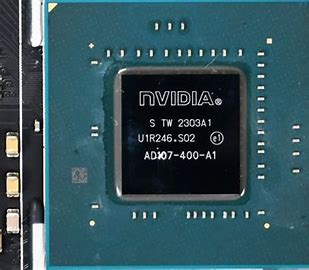
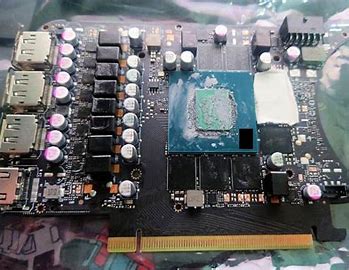
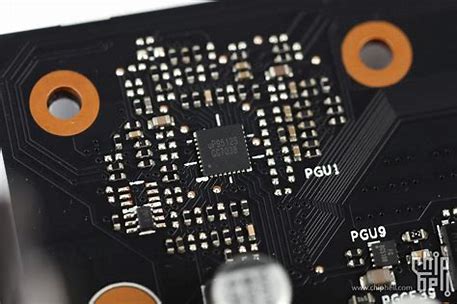

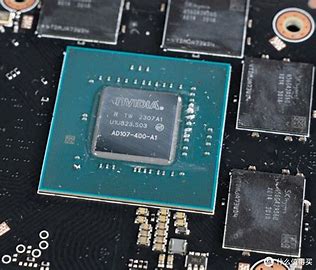

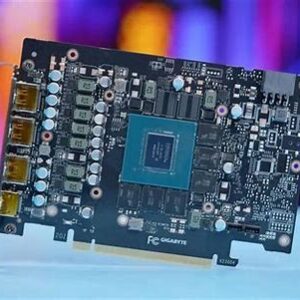
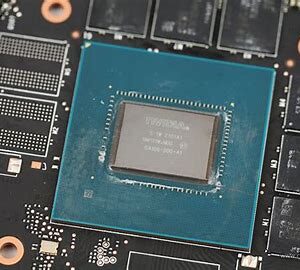
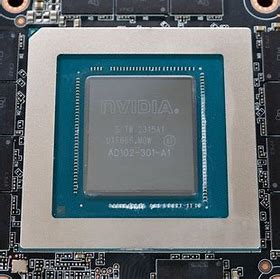
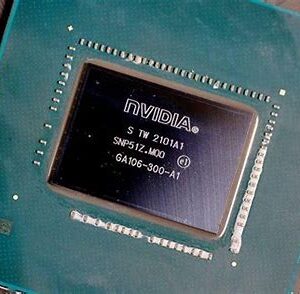
Reviews
There are no reviews yet.